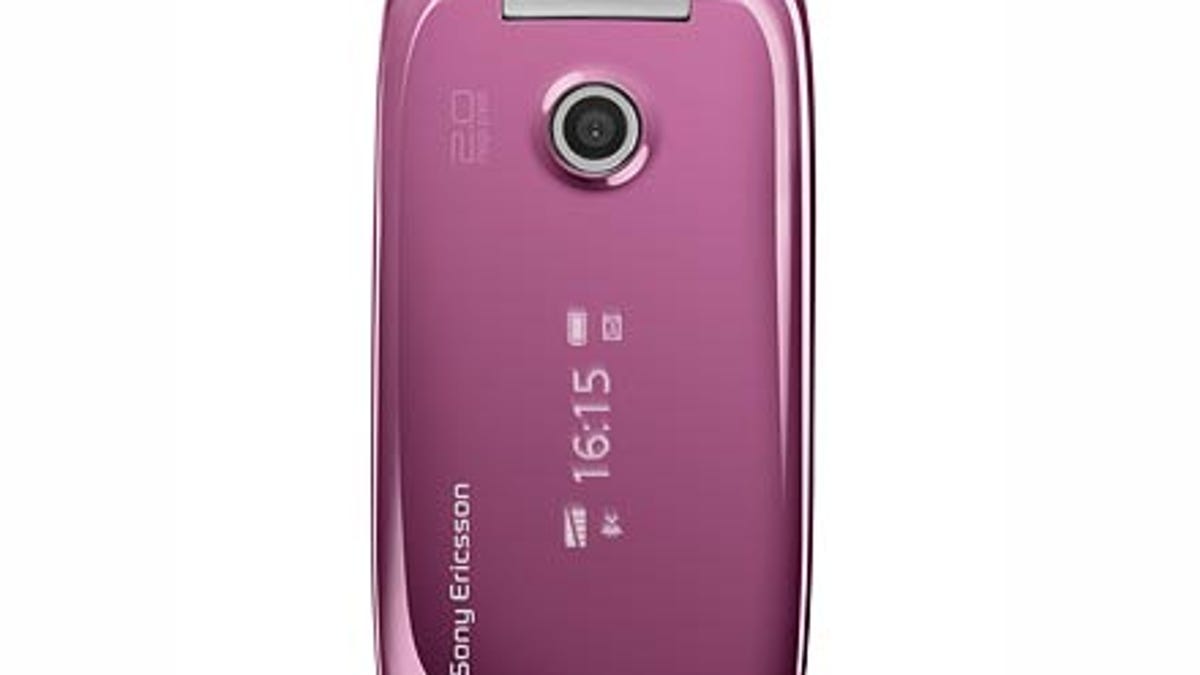Sony Ericsson releases new Java platform with its Z750 cell phone
Java Platform 8 brings a new set of applications.

Though CTIA has come and gone, there's still some news from the show that's worth mentioning. Aside from its gallery of new cell phones, such as the Z750 and the W580, the company also announced the Z750 would be the first cell phone to support the new Java Platform 8 (JP-8). JP-8, which is based on the Mobile Services Architecture (MSA) Java umbrella standard, not only brings a new set of applications to handsets such as the Z750, it aims to standardize Java development as a whole. At CTIA I got a chance to peek at what JP-8 can do and it was pretty cool indeed.
Scalable vector graphics bring more-detailed mapping services to the handset. The maps I saw were more realistic and easier on the eyes.
Security and trust services offer secure transactions on your phone for tasks such as managing your bank account while on the go.
Location API allows for better GPS applications on the handset including getting directions and searching a points-of-interest database.
Session Initiation Protocol enhances the text- and instant-messaging experience by letting you know when your friends are online. It can also be used for multiplayer gaming in that as it allows you to see if your buddy is available for play.
Content handler improves the application-handling process by automatically opening the appropriate program when you select a file. Think of it like opening a Microsoft Word document on a PC. When you open a DOC file, it automatically loads Word at the same time.
Payment API brings better payment authentication services to the mobile world through secure encryption technologies.
Mobile internationalization, which was one of my favorites, introduces a much more satisfying experience for the global cell phone user. You'll be able to transfer your apps seamlessly between countries that use different languages and GSM bands. You'll be able to use only one version of the supported app instead of being forced to load different versions for each country.

